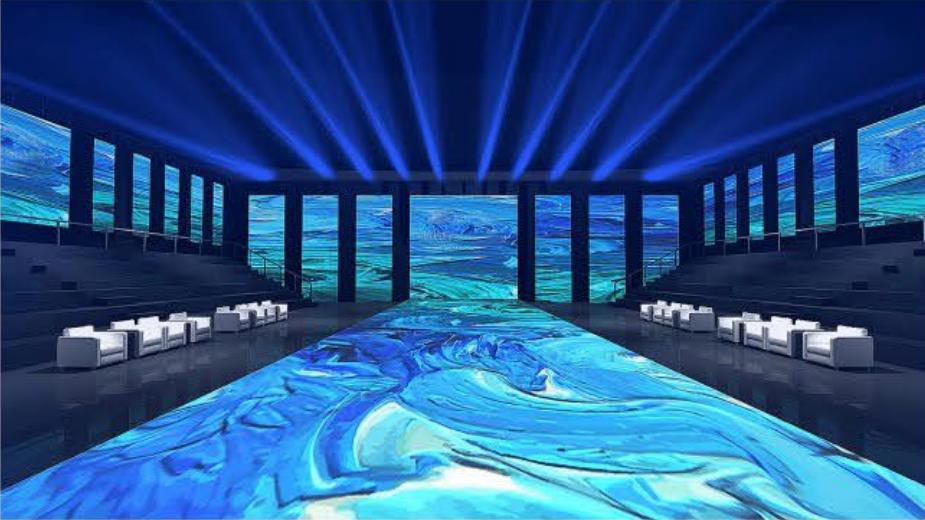![]()
EL-C1600N100013-B
![]()
Test - lowercase jpg
![]()
Kaixin micro test
![]()
Test probe P100-M3
(D) Ureteral Intubation Method: After the animal is anesthetized and properly secured on the operating table, the surgical site is prepared by shaving and disinfecting. A 3 to 4 cm incision is made along the midline, just above the upper edge of the pubic symphysis. The abdominal wall and peritoneum are carefully opened along the midline to expose the bladder. Once the bladder is visible, the ureters are identified and gently separated from the surrounding tissue near the bladder. A suture is placed approximately 2 cm from the proximal end of the ureter, and a small oblique incision is made on the side facing the kidney using ophthalmic scissors. A thin plastic tube filled with physiological saline is then inserted into the ureter and secured with a ligature. As the procedure continues, urine should begin to flow through the cannula—initially, it may be saline, but once the system is established, clear urine will appear. The other end of the tube is connected to a graduated container or a drip system for accurate measurement of urine output. It’s important to keep the catheter active during the procedure to avoid blockage. A warm, moist saline gauze is placed over the incision site and the bladder to maintain hydration and prevent drying.
(5) Bladder Intubation Method: This technique is similar to the ureteral method, involving abdominal surgery. Once the bladder is exposed, the bladder neck is ligated with silk thread to prevent urine from flowing into the urethra. A small incision is made at the top of the bladder, avoiding major blood vessels, and a funnel-shaped device is inserted and fixed with a purse-string suture. The funnel should be positioned to direct urine toward the ureter. Care must be taken not to close off the posterior wall of the bladder, which could obstruct the ureter. The distal end of the tubing is connected to a graduated container for urine collection.
(6) Bladder Puncture Method: After anesthesia, the animal is placed on the operating table, and the hair in the midline of the pubic symphysis is clipped. The area is disinfected, and a needle is inserted. Once the skin is pierced, the needle is slightly adjusted to prevent leakage after puncture. This method is commonly used when only a small amount of urine is needed.
(7) Cesarean Extraction Method: This approach follows similar preoperative steps as the puncture method, but the skin preparation area is larger. Laparotomy is performed to access the bladder. The left hand gently holds a portion of the bladder with a non-toothed forceps, while the right hand uses a needle to extract urine directly from the bladder where it is clamped. The needle must be moved carefully to avoid sticking to the bladder wall and ensure proper urine extraction.
(8) Reflex Urination Method: This technique is particularly effective for mice, as they often exhibit a strong bowel movement reflex when held by the tail. When only a small volume of urine is required, the mouse can be lifted, and the urine that naturally flows out can be collected in a graduated container. This method is simple, quick, and minimally invasive, making it ideal for certain experimental scenarios.
Dance Floor LED Screen
This series is a professional floor-mounted LED Screen for both indoor and outdoor use, with a very strong load-bearing capacity. Suitable for various entertainment places, like KTV, bars, shopping malls, amusement parks, sports fields and so on. This product has a laser sensor function, which allows people to interact with video games, which is very interesting. Dance Floor LED Screen is a very good choice for a special solultion of advertisiment on everywhere, or make your stage more interesting and pretty.

Dance Floor Led Screen,Stage Pantalla Led Screen,Rentall Eventos Led Wall,Stage Pantalla Led Display
Guangzhou Cheng Wen Photoelectric Technology Co., Ltd. , https://www.cwdisplay.com
